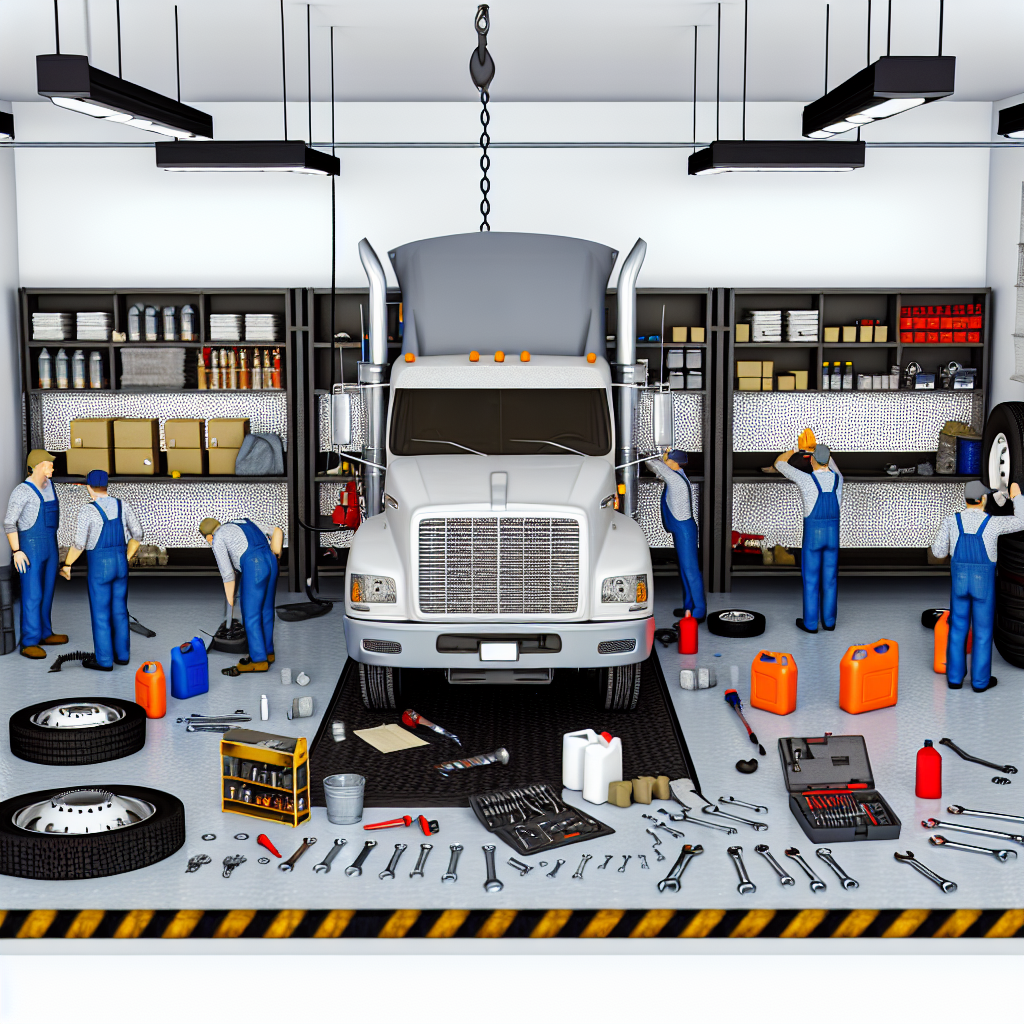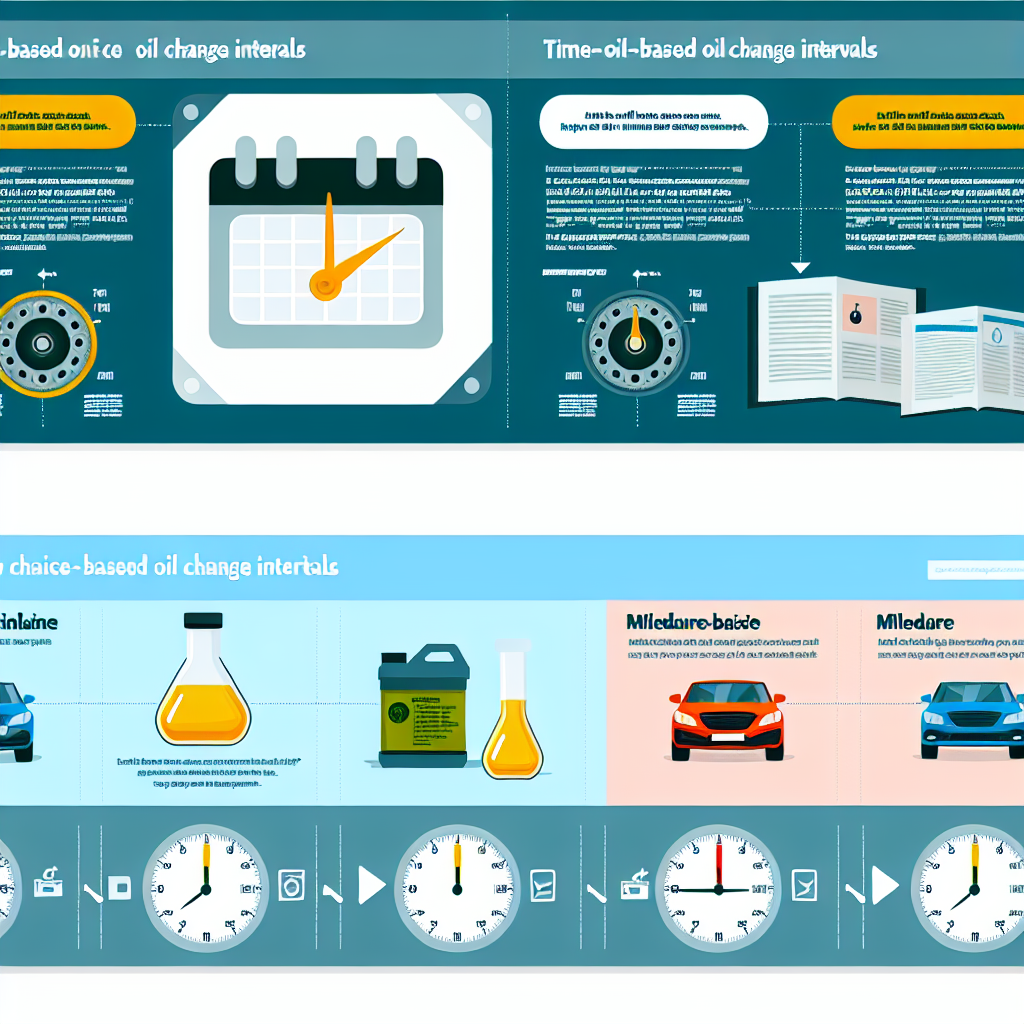As a first-time truck owner, you’re embarking on an exciting journey, but with that excitement comes the responsibility of managing not just your vehicle, but your finances too. One often-overlooked aspect of truck ownership is the importance of organizing your maintenance records and receipts. These documents serve as a critical roadmap for your truck’s health, providing a history of the services performed and expenses incurred. They not only help in tracking your spending and managing warranties but also play a vital role in planning for future maintenance.
By keeping your records in order, you can make informed decisions that aid in effective budgeting, ultimately saving you money over time and ensuring that your truck remains in peak condition. So, let’s dive into the essentials of organizing these records and why it matters so much for your financial well-being and truck longevity.
Importance of Keeping Vehicle Maintenance Tracking Records
Keeping organized maintenance records is a fundamental aspect of truck ownership that shouldn’t be overlooked. These records are crucial for a variety of reasons. Firstly, they play a significant role in warranty tracking. Many vehicle warranties stipulate that certain maintenance services must be performed at specified intervals. By maintaining clear and organized records, truck owners can ensure they meet these requirements, avoiding costly warranty claims being denied due to insufficient documentation.
Furthermore, having detailed service records allows for proactive maintenance planning. By tracking the history of services performed, owners can anticipate when specific maintenance tasks should be conducted, such as oil changes or brake inspections, before they escalate into major mechanical failures. This foresight can save both time and money in the long run.
Additionally, keeping meticulous records of expenses enables better financial management and budgeting. Owners can revisit their spending patterns, helping them plan for future costs associated with their truck. When it comes time to sell or trade in the vehicle, comprehensive service history can also enhance resale value, instilling confidence in potential buyers about the vehicle’s care.
In summary, organized maintenance records are not merely for compliance; they are a strategic asset that supports a truck owner’s financial health, ensures the vehicle runs smoothly, and contributes to long-term ownership satisfaction.
| Method | Pros | Cons |
|---|---|---|
| Digital Apps | Easy access across devices, automatic backups, maintenance reminders. | Requires tech familiarity, potential data loss, subscription costs. |
| Paper Files | Simple to use, no technology needed, physical records. | Can be disorganized, vulnerable to damage, lacks search functionality. |
Tracking Receipts for Maintenance and Repairs
As a first-time truck owner, tracking maintenance receipts is essential for managing your finances. Here are some effective strategies:
- Organize Documentation:
Create dedicated folders—physical or digital—to store all related documents such as service records, receipts, parts orders, and warranty information. - Digitize Records:
Use cloud-based systems like Google Drive or Dropbox to store digital copies of receipts. This ensures easy access and protects against physical loss or damage. - Maintain Detailed Logs:
Write down key details for each maintenance activity, including service dates, costs, and vehicle mileage, to create a comprehensive maintenance history. - Leverage Mobile Applications:
Utilize mobile apps designed for vehicle maintenance tracking. These apps can alert you to upcoming services and monitor fuel consumption. - Regular Audits:
Periodically review your records for accuracy and completeness. This helps support warranty claims and enhances resale value.
Financial Management Strategies:
- Establish a Maintenance Fund:
Set aside a portion of your monthly income for routine services and unexpected repairs. - Create an Emergency Repair Reserve:
Save funds to cover significant unexpected repairs to ensure continuity during unforeseen circumstances. - Implement a Buffer Account:
Keep surplus funds from high-earning months in a buffer account to maintain cash flow stability. - Utilize Financial Management Tools:
Use accounting software for expense tracking, invoicing, and budgeting to stay organized. - Monitor Profitability Per Truck:
Track key metrics to understand vehicle profitability and support fleet management decisions. - Optimize Cash Flow:
Maintain strong invoicing practices for liquidity and profitability, which are critical for successful operations.
By combining effective receipt tracking with solid financial management strategies, first-time truck owners can confidently handle the responsibilities of ownership.

Budgeting for Maintenance and Unexpected Repairs
As a first-time truck owner, effective budgeting for routine maintenance and unexpected repairs is crucial to avoid financial stress. Here are some key considerations and tips to guide you in managing these expenses:
-
Understand Routine Maintenance Costs:
Routine maintenance, which includes oil changes, tire rotations, brake inspections, and fluid checks, is a regular part of truck ownership. Familiarize yourself with the typical costs associated with these services and plan your budget accordingly. For example, oil changes can range from $30 to $100 depending on the service provider and oil type. -
Create a Maintenance Schedule:
Utilize your truck’s owner manual to create a maintenance schedule. This will outline when each service is due, helping you anticipate costs. By staying proactive, you can avoid catching unplanned repairs that could be costly. -
Set Up an Emergency Repair Fund:
Setting aside a specific amount each month for an emergency repair fund is essential. Aim for at least $500 to start; this amount can cover minor unexpected repairs. Gradually increase this fund as you gain insights into your truck’s maintenance needs and costs. -
Allocate a Percentage of Your Income:
Consider allocating a certain percentage of your monthly income to cover maintenance and repair costs. A general guideline is around 10 percent, but adjust based on your specific vehicle’s needs and your financial situation. -
Research Common Repair Costs:
Familiarize yourself with common repair costs associated with your type of truck. Websites and forums can provide insights into what other owners have experienced, equipping you with knowledge to budget appropriately for potential issues. -
Take Advantage of Service Packages:
Some auto service centers offer service packages that bundle multiple services at a reduced rate. This option can help save money over time compared to paying for each service individually. -
Monitor Your Spending:
Keep detailed records of all maintenance expenses to help track your spending patterns. By analyzing these records, you can adjust your budget as necessary, ensuring you’re always prepared for future costs.
Overall, budgeting for maintenance and unexpected repairs involves both foresight and flexibility. By following these tips, first-time truck owners can manage their expenses effectively, leading to a smoother and more manageable ownership experience.
Conclusion
In conclusion, organized record-keeping for truck maintenance is not merely a good practice; it is an essential strategy that supports truck owners in numerous ways. By maintaining detailed records, truck owners can significantly improve their financial management, making it easier to budget for routine maintenance and unexpected repairs. This proactive approach not only helps prevent costly mechanical failures but also enhances the overall health and longevity of the vehicle.
Furthermore, a well-documented maintenance history can increase the resale value of your truck, instilling confidence in potential buyers about the quality of care it has received. Ultimately, adopting systematic record-keeping practices creates a clearer picture of vehicle expenses and helps create a financial cushion for what lies ahead.
So, whether you opt for digital tools or traditional paper methods, the key is to remain consistent and organized. Embrace these practices today to ensure a more manageable and rewarding truck ownership experience in the long run.
Key Facts for First-Time Truck Owners
Key Points to Remember:
- First-time truck owners often face costs beyond the purchase price, including insurance, maintenance, fuel, registration, and repairs.
- Routine maintenance should include oil changes, brake inspections, and fluid top-ups.
- Tires represent one of the largest expenses for truck owners; proper maintenance can prevent premature replacement.
- Planning for registration and tag renewals is essential to avoid penalties.
- Establishing an emergency repair fund can help manage unexpected costs related to truck ownership.
This callout box highlights key facts that are crucial for first-time truck owners, ensuring they are well-prepared and informed as they embark on their truck ownership journey.
Seasonal Maintenance Considerations
Preparing your truck for the different seasons is essential to optimize its performance and longevity. Each season brings specific challenges that can impact your vehicle, so knowing how to address these changes is crucial. Here are some seasonal maintenance considerations:
Winter Maintenance
- Check Battery Health: Cold temperatures can decrease battery efficiency. Test your battery and ensure it’s in good condition to avoid issues starting your vehicle in frigid weather.
- Inspect Tires: Cold weather can decrease tire pressure, so check and adjust as necessary for safety and fuel efficiency. Consider using winter tires if you experience severe weather.
- Fluid Levels: Ensure that your coolant is suitable for low temperatures. Antifreeze needs to be at the right level to prevent freezing and to protect your engine.
Spring Maintenance
- Wiper Blades and Washers: Inspect and replace worn wiper blades to maintain visibility as rain showers increase in spring. Check the windshield washer fluid level to ensure it’s ready for use.
- Air Conditioning Service: As temperatures rise, ensure your air conditioning system is working efficiently. Have it serviced if it’s not providing adequate cooling.
- Brake Inspection: After a winter of salted roads, have your brakes inspected for wear from potential corrosion and rust.
Summer Maintenance
- Cooling System Check: High temperatures put stress on the engine. Make sure the radiator is properly filled and that the cooling system is functioning well to prevent overheating.
- Tire Maintenance: Inspect tires for wear and proper inflation as heat can cause tire pressure to increase. Rotate tires to promote even wear.
- Clean Air Filter: A clean air filter improves fuel efficiency. Check and replace if necessary, especially if you often drive on dirt roads or in dusty conditions.
Fall Maintenance
- Fluid Changes: Consider changing the oil and replacing the oil filter, especially before winter. It’s also a good time to flush and refill other fluids like transmission and brake fluids.
- Inspect Lights: Days become shorter in fall, so ensure all lights are functioning properly for safety. Replace any burnt-out bulbs.
- Check the Exhaust system: With fluctuating temperatures and the potential for salt exposure after winter, inspect the exhaust system for leaks or damage.
By being proactive with these seasonal maintenance considerations, truck owners can help ensure their vehicles run smoothly and are prepared for the weather challenges throughout the year.
User Adoption of Digital Record-Keeping Tools for Vehicle Owners
Digital record-keeping tools are becoming increasingly popular among vehicle owners for managing maintenance records and receipts. Understanding the adoption rates, along with their benefits and drawbacks, can aid first-time truck owners in making informed decisions about utilizing these technologies.
User Adoption Rates
- Fleet Management: A recent survey indicated that 66% of fleets still depend on manual data logging for maintenance, but a transition towards paperless processes is evident, with 54% of fleets exploring digital solutions.
- Automotive Aftermarket: It is projected that by 2025, 78% of automotive aftermarket retailers will have embraced digital tools, driving the market to an estimated worth of $21 billion.
Pros of Digital Record-Keeping Tools
- Convenience and Organization: Digital applications help centralize vehicle information, offering automatic maintenance reminders and paperless records that enhance organization and accessibility.
- Improved Efficiency: Digital inspections streamline the documentation process, significantly reducing time spent on maintenance tasks and improving operational efficiency.
- Enhanced Customer Communication: Real-time sharing features, such as photos and videos, foster transparency and trust between automobile service providers and customers.
- Environmental Benefits: The shift towards digital records contributes to environmental sustainability by reducing paper consumption.
Cons of Digital Record-Keeping Tools
- Dependence on User Input: Many digital solutions rely on manual data entry, and neglecting this requirement can lead to inaccuracies in records.
- Technical Issues: Software can experience glitches or compatibility challenges, disrupting the functionality of record-keeping applications.
- Privacy Concerns: Digital storage of vehicle information raises potential issues surrounding data security and privacy.
- Learning Curve: Users may encounter difficulties during the initial setup phase, especially if they are not particularly tech-savvy.
In summary, while there is a notable trend towards the adoption of digital record-keeping tools among vehicle owners, these tools come with both advantages and challenges. It is crucial for first-time truck owners to weigh these factors and choose solutions that best support their vehicle management needs.
Additional Resources for Organizing Vehicle Maintenance Records
To further enhance the credibility of this article and provide you with more insights into organizing vehicle maintenance records and receipts, here are several reputable resources that offer valuable best practices and detailed information:
- Navy Federal: Track Your Car Maintenance Records – A comprehensive guide on how to maintain organized vehicle documentation.
- NCDPS: Vehicle Maintenance Safety Tips – This resource highlights the importance of maintenance records for enhanced safety.
- CSP Colorado: Vehicle Maintenance and Regulation Compliance – Important information regarding regulatory compliance for maintaining commercial vehicles.
- Drive Safe Online: Fleet Maintenance Strategies – Insights for organizations managing vehicle fleets on effective maintenance strategies and record-keeping.
- TxDOT: File Management for Vehicle Maintenance – Helpful tips for organizing vehicle records systematically.
Utilizing these resources will not only help you stay informed but also ensure that your maintenance practices comply with standards and enhance your vehicle’s longevity and performance.


